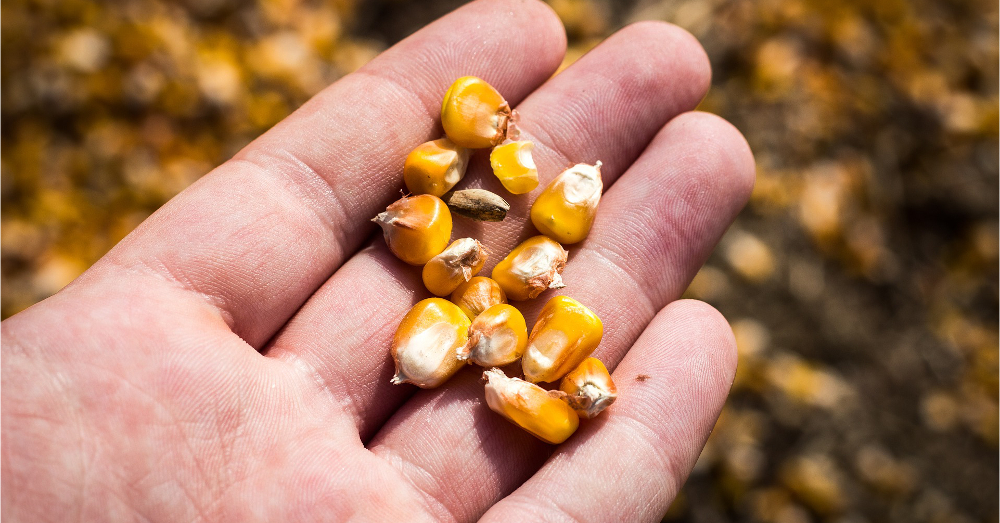
Michael Colby: GMO Corn to Blame for Soaring Pesticide Use
Ending its three-year stall on publishing statewide pesticide usage data, Vermont’s Agency of Agriculture, Food and Markets finally released the information in January in response to a public records request. The newly released data covers the years 2014-2016, and it shows a dramatic increase in pesticide use on Vermont’s dairy farms, particularly when it comes to managing GMO cornfields. The use of glyphosate, for example, more than doubled in those three years, while overall corn-related pesticide use rose 27 percent.
February 4, 2018 | Source: VT Digger | by Michael Colby
VTDigger Editor’s note: This commentary is by Michael Colby, who is a writer and maple syrup producer living in Walden. the former editor of the Food & Water Journal, and the co-founder, along with Will Allen and Kate Duesterberg, of Regeneration Vermont.
Ending its three-year stall on publishing statewide pesticide usage data, Vermont’s Agency of Agriculture, Food and Markets finally released the information in January in response to a public records request. The newly released data covers the years 2014-2016, and it shows a dramatic increase in pesticide use on Vermont’s dairy farms, particularly when it comes to managing GMO cornfields. The use of glyphosate, for example, more than doubled in those three years, while overall corn-related pesticide use rose 27 percent.
GMO corn is now grown on more than 92,000 acres in Vermont, making it – by far – the state’s number one crop. And all of it is being grown for the state’s 135,000 cows, mostly now confined as the large, mega-dairy model increasingly takes over, seen most dramatically in Franklin and Addison counties, where “farms” are now warehousing thousands of cows.
In 2016, Vermont’s GMO corn crops received a 194,631 pound bathing of pesticides, a toxic stew that included 34 different products, everything from atrazine to 2,4-D. This was up from the 142,604 pounds used in 2014, a 27 percent increase in the three years. The most heavily used cornfield pesticide in 2016 was glyphosate, with 62,458 pounds used, more than doubling the 27,440 pounds used in 2014.
According to Cary Giguere, Agrichemical Program manager at the agriculture agency, the dramatic rise in glyphosate use was a result of increased cover cropping on cornfields, where herbicides like glyphosate are used for what they call the “burn-down,” or killing of the cover crop,” before corn planting begins in the spring.
Unfortunately, it’s another example of good intentions gone awry. Given the growing water quality problems in heavily corn-cropped regions like Franklin and Addison counties, state and federal regulators are pushing – even requiring — cover crops to be grown to remediate runoff and carbon release during the fallow months. That’s a good thing. But not when it comes with a directive – and even a subsidy in many cases – to use toxic herbicides on those same vulnerable fields for a chemical burn-down.
